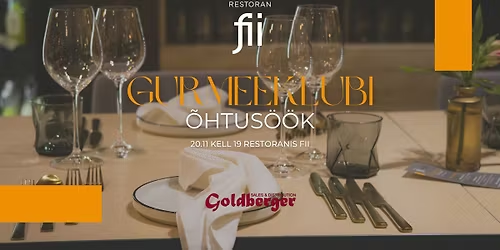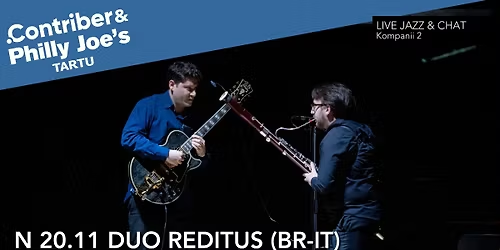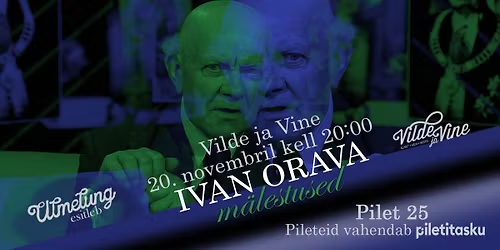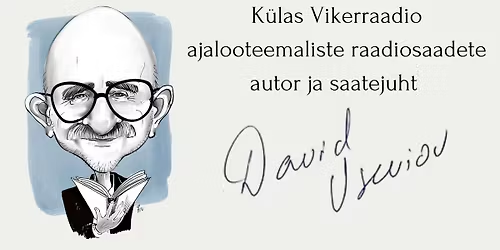
Advertisement
ENG BELOWTartu Ülikooli botaanikaaias on 4. septembrist alates olnud avatud Kristina Popovi näitus „Soo“. Soodele keskenduva näituse finissage toimub 21. novembril ning üritusel osalemine on tasuta.
Näitus „Soo“ on pühendatud soode ökosüsteemile ja nende tähtsusele suurimate looduslike süsinikdioksiidi sidujatena. Ekspositsiooni keskmes on turbasamblad (ld Sphagnum), mis moodustavad rabades ja siirdesoodes tiheda pinnakatte ning on turba peamine koostisosa. Eestis on avastatud 40 turbasambla liiki, sh 12 haruldast liiki, millest kahte pole otsingutest hoolimata viimase 20 aasta jooksul leitud.
Väljapanekul käsitletakse eeskätt veelembeste sammaltaimede makro- ja mikromaailma tundlikult ja süvitsi, jälgides nende elusorganismide sisemist struktuuri, taktiilseid omadusi ning vormiilu. Multimeedia ja mitme meele abil tajutava loomingu kaudu on Kristina Popov leidnud kunstikeele, mille abil jäädvustada elu jõudu ja haprust. Tema töö juhatab meid tagasi juurte juurde ning tuletab meelde, millest elu koosneb ja miks seda kaitsta tuleb.
Kristina Popov on Serbiast pärit Berliinis tegutsev interdistsiplinaarne kunstnik, kelle looming uurib inimese ja looduse suhteid kliimakriisi kontekstis. Tema töö ühendab kunsti, teadust ja ökoloogilist mõtlemist ning hõlmab fotograafiat, heli, videot ja installatsioone.
Lõpuüritus toimub 21. novembril kella 17–21 Tartu Ülikooli botaanikaaias. Üritusel osalemine tasuta. Projekt läheb edasi jätkunäitusega Tartu Ülikooli loodusmuuseumis.
Näitust toetab Goethe Instituut.
//
Since September 4th, the Botanical Garden of the University of Tartu has been hosting the exhibition "Mire" by Kristina Popov. The closing event of this exhibition, which focuses on mires, will take place on November 21st, and participation is free of charge.
Dedicated to the ecosystem of mires and their role as the largest natural carbon sinks, the exhibition focuses on the family of peat mosses (Sphagnum). These mosses form dense carpets in raised bogs and transitional mires and are the primary plants responsible for peat formation. In Estonia, 40 species of Sphagnum have been identified, including 12 rare species, two of which have not been recorded in the past 20 years despite targeted searches.
These hydrophilic plants take centre stage in the exhibition, which sensitively and profoundly delves into their macro- and microcosms — tracing their internal structures, their tactile qualities, and the formal beauty of these living organisms. Through a multimedia and multisensory body of work, Popov finds an artistic language that captures the force and fragility of life itself. Her practice offers a mode of mediation that draws us back to our origins, allowing us to experience what life is made of — and why it must be protected.
Kristina Popov is an interdisciplinary artist from Serbia, based in Berlin, whose work examines the relationship between humans and nature in the context of the climate crisis. Her art combines science, ecology, and artistic expression, incorporating photography, sound, video, and installations.
The closing event will take place on November 21st from 17:00 to 21:00 at the Botanical Garden of the University of Tartu.
Participation is free of charge. The project will continue with a follow-up exhibition at the University of Tartu Natural History Museum.
The exhibition is supported by the Goethe-Institut.
Advertisement
Event Venue & Nearby Stays
Tartu Ülikooli botaanikaaed, Lai 38, Tartu, 51005 Tartu Maakond, Eesti, Estonia
Concerts, fests, parties, meetups - all the happenings, one place.











